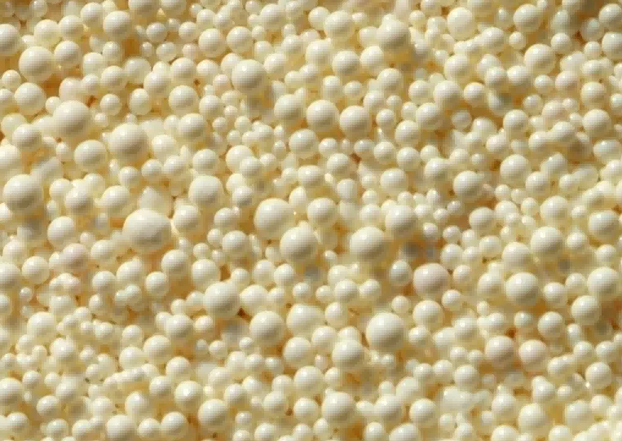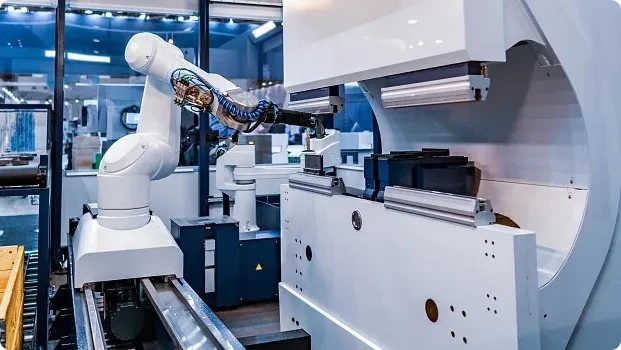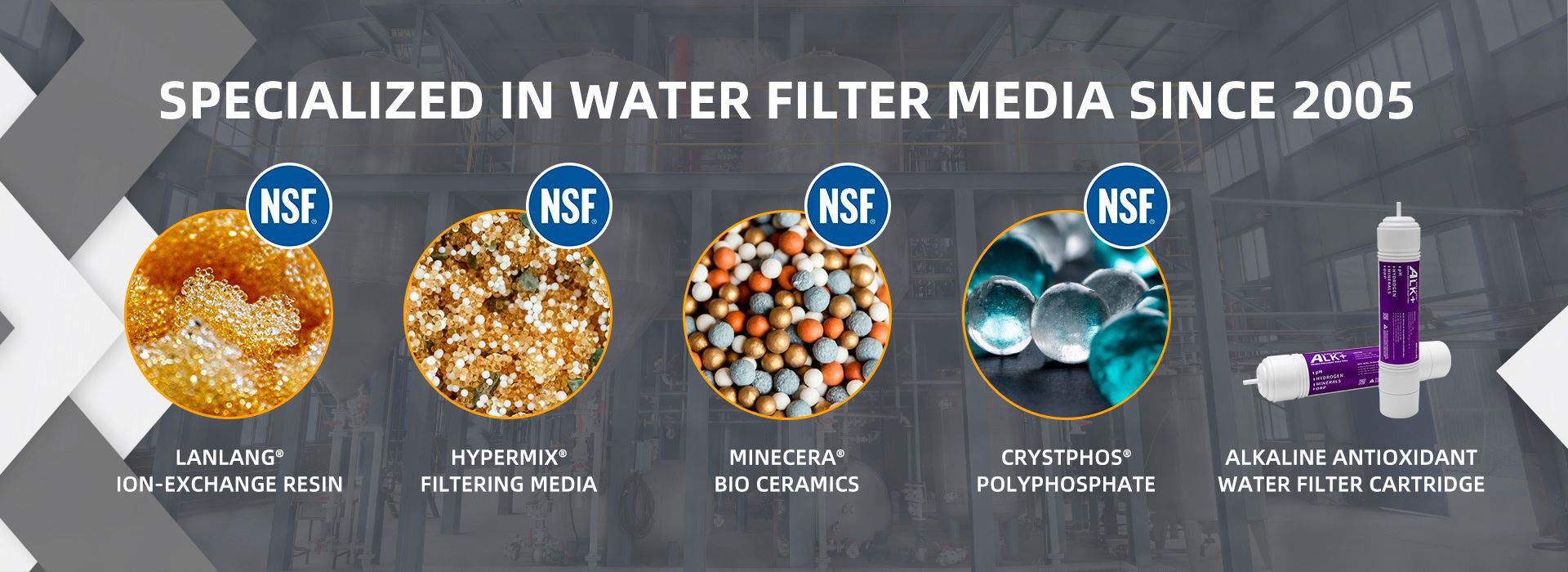
Nano composite ion exchange resin
By combining nanomaterials with conventional ion exchange resins, a new generation of resins with enhanced properties can be prepared, which typically exhibit higher exchange rates, greater adsorption capacity and better mechanical strength for applications dealing with high concentrations of difficult-to-degrade contaminants.
Intelligent ion exchange resin
Using the fusion of new materials science and information technology, intelligent ion exchange resins, by embedding sensors or responsive materials, can monitor the exchange state of the resin, environmental conditions (such as pH, temperature) or specific ion concentrations in real time, and automatically adjust its functional properties according to preset parameters. For example, the smart resin can sense an increase in saturation and trigger regeneration procedures on its own, or enhance its selective adsorption capacity when it recognizes the presence of target ions, thereby greatly improving processing efficiency and resource utilization, reducing the risk of human intervention and misjudgment.

3. Environmentally friendly adsorption-degradation resin
Combined with the needs of environmental restoration, environmentally friendly adsorption-degradation resin is a new type of resin that can adsorb pollutants and promote their degradation. The surface or structure of this resin is embedded with catalytic active center, which can adsorb pollutants and catalyze the decomposition of pollutants into harmless substances at the same time, realizing the leap from simple physical adsorption to chemical transformation. It is especially suitable for the treatment of difficult biodegradable substances such as persistent organic pollutants and drug residues, and is an important progress in water and soil remediation technology.
4. Modular and reconfigurable resin system
In order to adapt to the complex and changeable processing needs, the modular and reconfigurable ion exchange resin system allows users to flexibly combine resin modules with different characteristics according to the actual working conditions, such as adjusting the ratio of cationic and anionic resins, mixing special functional resins, etc., to achieve the optimal treatment effect. In addition, the reconfigurable design means that the resin modules can be easily replaced at the end of the service life, which is easy to maintain and upgrade, extending the service life of the entire system.
5.Bionic design ion exchange resin
Inspired by the highly efficient substance transport and selective recognition mechanism in nature, bionic ion-exchange resins are designed to simulate the structure and function of biofilms, enzymes or cells, and achieve ultra-efficient capture and release of target ions or molecules through precise regulation of pore structure, surface modification or introduction of biocompatible ligands. Especially in biomedicine, fine chemical separation and other fields show great potential.
6. Sustainable raw material source resin
In view of the dependence of traditional resin production on petroleum-based raw materials, it is a future trend to explore ion exchange resins based on sustainable resources such as biomass and waste polymers. These "green" resins not only reduce the consumption of fossil fuels, but are also more biodegradable, helping to build a circular economy and reduce the environmental burden at the final treatment stage.


